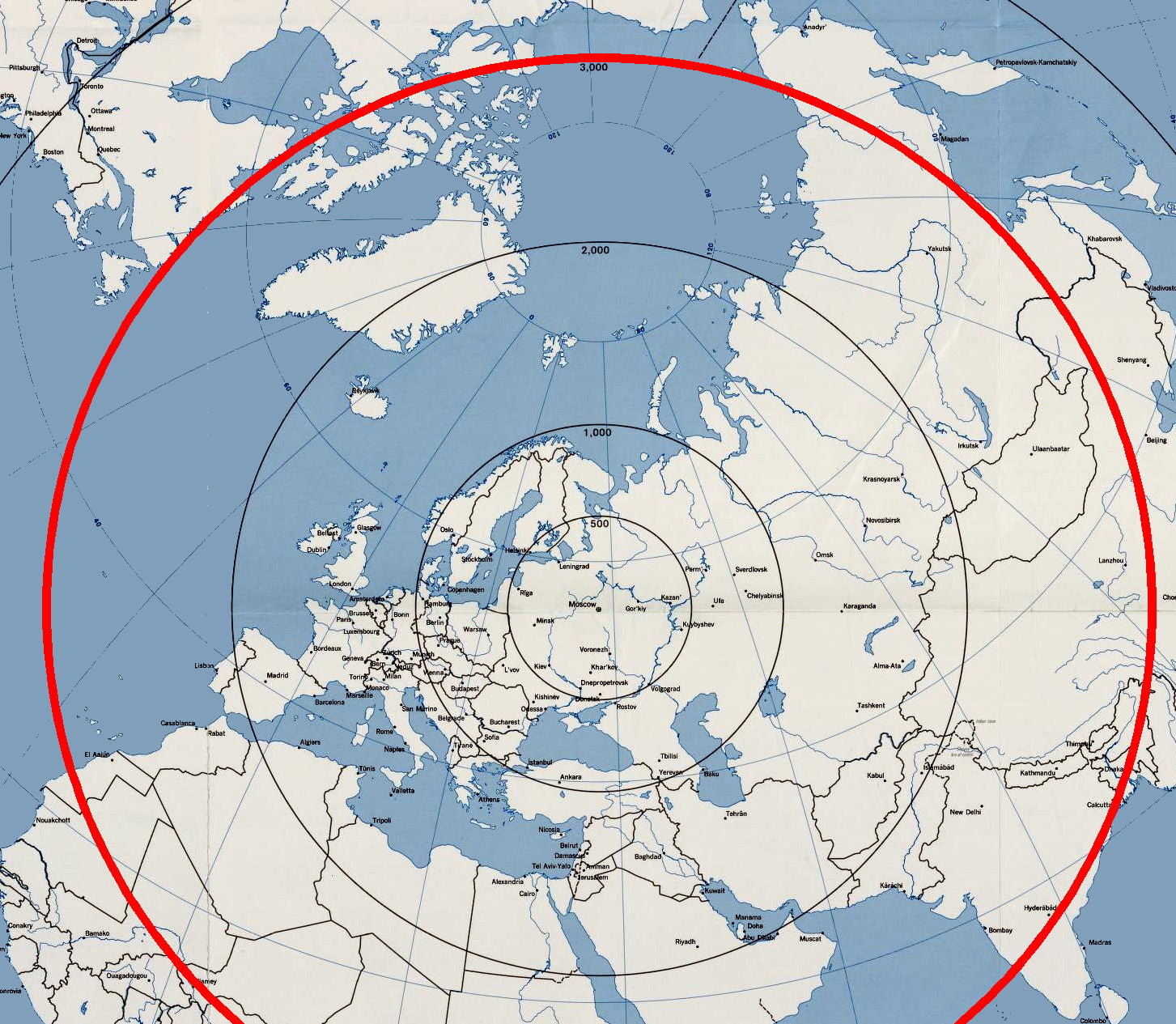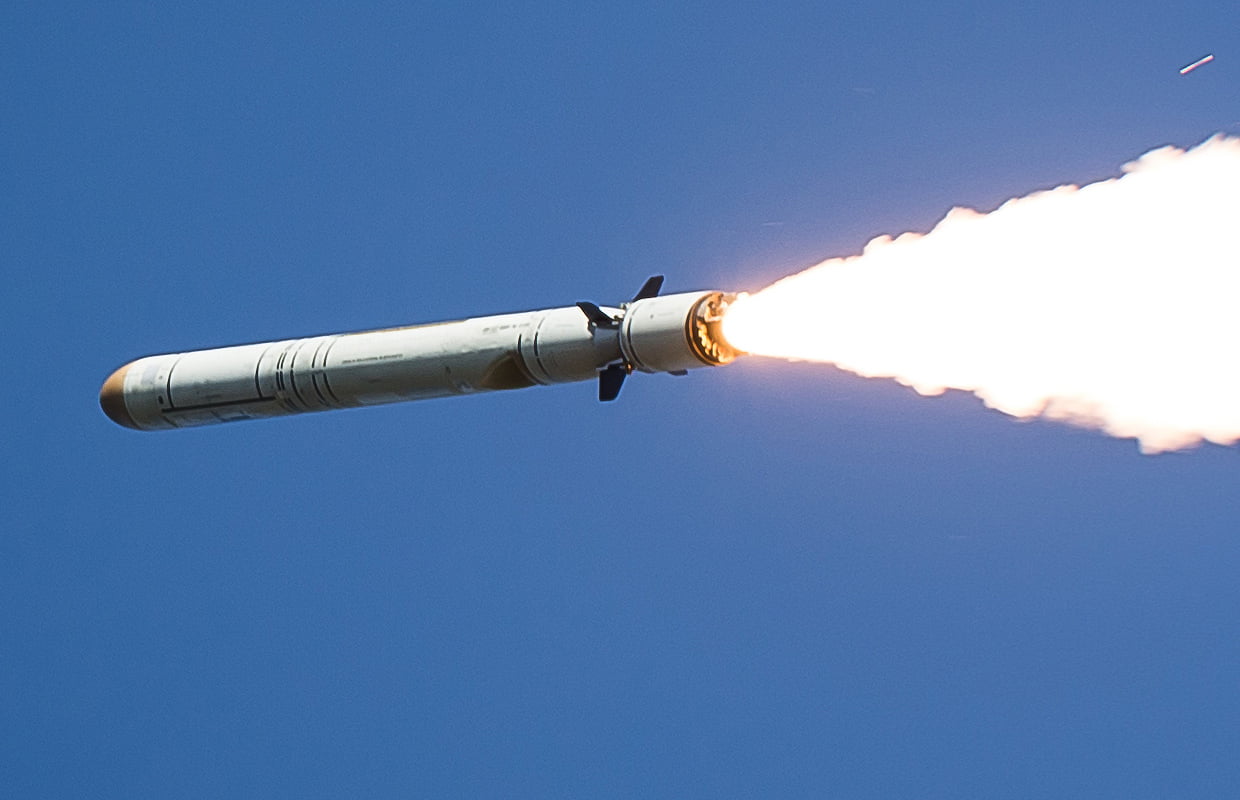By Richard Weitz
The Intermediate-Range Nuclear Forces (INF) Treatyhas officially died, as both the Russian Federation and the United States have executed their previously announced withdrawals.
The two immediate causes for the treaty’s demise were Moscow’s cheating on the accord and Beijing’s growing land-based intermediate-range (500-5500km) missile arsenal. The United States would not have withdrawn from the treaty if Moscow had not violated it. Nonetheless, the Trump Administration will not sign a new INF-type agreement that does not also include China.
The underlying reasons for the INF’s death originate in the dramatic changes that have occurred in the strategic context since 1987. These transformations transpired outside the treaty’s narrow limits on Russian and U.S. ground-launch missiles.
Whereas the Soviet Union and the United States had a near-monopoly on ground-launched intermediate-range missiles at the time the treaty was negotiated, dozens of additional countries (including Iran and North Korea) have obtained these missiles since then.
Moreover, new military capabilities have arisen since 1987 that can have comparable strategic effects to INF-range missile systems, such as strike drones that can fly 500km, attack a target, but then return to a base to prepare for additional strikes.
In theory, new intermediate-missile limitations could apply either in a narrow or in a broad framework.
A narrower treaty would limit a country’s possession of some types of missiles, such as those armed with nuclear abilities but not conventional warheads, or restrain missile activity in a particular geographic area.

https://www.globalsecurity.org/wmd/world/russia/ssc-8.htm
A broader treaty would limit all types of missiles having ranges over 500km, including both INF- and strategic-range missiles, with possible sub-ceilings.
The SALT/START series of strategic arms reductions treaties have regularly limited the number of both long-range missiles and strategic bombers, with various sub-ceilings on heavy or deployed missiles.
Of course, this START series may also be on its last legs. Even if extended in 2021, the latest iteration, the New START Treaty adopted in 2011, could only last until 2026. The Trump Administration insists that future treaties encompass China in some capacity—a stance Beijing strongly opposes.
Pending the improvement in trilateral relations that might allow for such stronger limits on Russian, Chinese, and U.S. nuclear forces, which would be welcome, their near-term trilateral collaboration could focus on reducing risks of nuclear war as well as preventing other countries and non-state actors from acquiring WMD arsenals.
From this perspective of reducing the risks of miscalculation or accidents that could precipitate or escalate major conflicts between the three great powers, several long-supported arms-control proposals decline in value.
These proposals include unenforceable and reversible “no first use” pledges, simple declarations that a nuclear war should never be fought, and calls for extensive strategic de-alerting of nuclear forces that could worsen crisis stability since the massive and rapid re-alerting of nuclear forces in an emergency creates incentives for preemptive strikes.
Instead, the three countries need to take more concrete measures to avoid catastrophe. For example, they must avert provocative measures like deploying nuclear-armed missiles near one another’s territories, which would generate preemption incentives and crisis instabilities due to these first-strike anxieties.
Moscow, Beijing, and Washington could also benefit from enhanced strategic stability dialogues between governments as well as NGO representatives.
They could devote these talks to developing concrete measures to address the destabilizing potential of new weapons, limit the proliferation of nuclear and other strategic offensive arms, and avert dangerous operational practices.
More rigorous agreements to promote transparency are also needed to narrow the gap between the more accessible U.S. data and the less transparent Russian and Chinese programs.
Furthermore, the three countries could design joint initiatives targeting the non-nuclear weapons states, especially by coordinating their defense of the Nuclear Non-Proliferation Treaty (NPT), which anchors the global rules and norms against nuclear proliferation,at next year’s Review Conference of the Nuclear Non-Proliferation Treaty, which is likely to be contentious.
Meanwhile, non-governmental security experts can help prepare the conceptual framework necessary to address the novel arms control and defense policies necessitated by the advent of new strategic weaponry and the proliferation of these potentially destabilizing new military technologies–such as anti-space weaponry, hypersonic weaponry, cyber strikes, and artificial intelligence–towards other countries.
For instance, they should develop a concept for effective multilateral strategic arms control, answering such questions as when and how to include China and perhaps other countries in an enlarged arms control agreement, what military capabilities to cover in any such multilateral accords, and what means of verification would be needed.
Another priority research task is determining how to distinguish better between nuclear- and conventionally armed delivery and command “dual-use” systems since their commingling could result in an easier descent from a non-nuclear conflict into nuclear escalation. National leaders may not be able to determine if a missile heading toward them has a conventional rather than a nuclear warhead and could presume the worst.
Additionally, militaries may attack command, control, communications, intelligence and other assets (such as space satellites and command posts) in a conventional war even though these networks might support countries’ nuclear deterrents—generating pressures for those attacked before their deterrent assets suffer severe degradation.
As noted, some useful arms control agreements might apply only to nuclear-armed systems, but they would have to be assuredly distinguished from non-nuclear weapons. For example, Russia has warned that it would respond to the perceived deployment of U.S. nuclear-armed missiles in Europe by placing the continental United States under similar imminent threat. The United States and NATO have affirmed that they only envisage placing non-nuclear missiles in Europe, though would need some means to allow Moscow to confirm this.
In addition, we should ask whether some of the improving non-nuclear strategic capabilities could be made to enhance mutual deterrence, notwithstanding the problems they might cause for escalation control due to the complications they would add to any first-strike planning. Even if they complicated crisis management, novel military technologies might also have the potential to enhance crisis instability by discouraging states from starting wars.
We should likewise consider how these additional means of non-nuclear strategic attack might give us a greater margin of safety against treaty circumvention or miscalculations due to the more complex factors shaping the balance of mutual deterrence. If the size of the nuclear arsenals governed by an arms control arrangement remain large, and new non-nuclear technologies provide supplementary means of retaliation, then the significance of one side’s having a few extra warheads could decrease.
If this is true, then the verification requirements of agreements could also decline. Following the same logic, arguments against strategic defenses (like missile interceptors) and concerns about the potential for “uploading” (loading additional warheads onto strategic missiles in a crisis) possibly negating mutual deterrence similarly weaken.
Finally, the NGO community should more actively explore the opportunities created by the new U.S. initiative on Creating an Environment for Nuclear Disarmament. Launched by the United States in 2017, the initiative aims to identify the “real-word” global and regional impediments to nuclear disarmament and generate possible measures to remove these obstacles.


